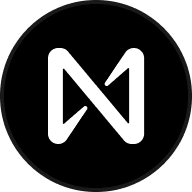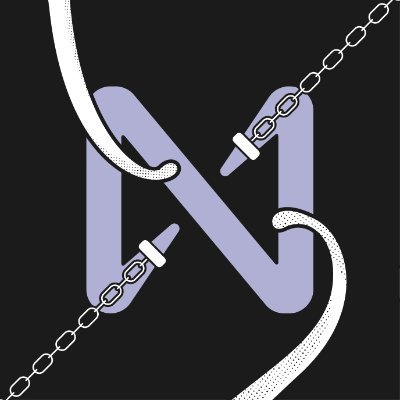
Near Protocol Kurs

Haftungsausschluss
Marktinformationen zu Near Protocol
Marktkapitalisierung = Umlaufmenge × letzter Preis

Near Protocol-Feed








NEAR-Rechner


Near Protocol Preisentwicklung in USD
Beliebte Near Protocol-Konvertierungen
| 1 NEAR in USD | 3,2240 $ |
| 1 NEAR in EUR | 2,8821 € |
| 1 NEAR in PHP | 179,79 ₱ |
| 1 NEAR in IDR | 53.545,92 Rp |
| 1 NEAR in GBP | 2,4234 £ |
| 1 NEAR in CAD | 4,4922 $ |
| 1 NEAR in AED | 11,8419 AED |
| 1 NEAR in VND | 83.675,06 ₫ |
Über Near Protocol (NEAR)
- Offizielle Website
- Whitepaper
- Github
- Block Explorer
Häufig gestellte Fragen zum Near Protocol-Preis
Near Protocol ist eine hochmoderne Layer-1-Blockchain-Plattform, die dank ihres Sharding-Mechanismus für ihre Skalierbarkeit und schnelle Transaktionen bekannt ist.
Near Protocol beinhaltet Sharding, eine Technik, die das Netzwerk in kleinere Segmente (oder Shards) unterteilt und so die Transaktionsgeschwindigkeit und die Gesamtleistung des Netzwerks optimiert.
Kaufen Sie NEAR-Token einfach auf der OKX-Kryptowährungsplattform. Zum OKX-Spot-Handelsterminal gehören die verfügbaren HandelspaareNEAR/BTC,NEAR/USDCundNEAR/USDT.
Sie können NEAR auch mit über 99 Fiat-Währungen kaufen, indem Sie „Express-KaufOption. Andere beliebte Krypto-Token, wie z. B.Bitcoin (BTC),Ethereum (ETH),Tether (USDT)undUSD Coin (USDC), sind auch verfügbar.
Darüber hinaus können Sie Ihre vorhandenen Kryptowährungen tauschen, einschließlichXRP (XRP),Cardano (ADA),Solana (SOL)undChainlink (LINK), für NEAR ohne Gebühren und ohne Preis-Slippage durch NutzungOKX Konvertieren.
Um die geschätzten Echtzeit-Konvertierungspreise zwischen Fiat-Währungen wie USD, EUR, GBP und anderen in NEAR anzuzeigen, besuchen SieKrypto-Konverter-Rechner von OKX. Die Krypto-Börse mit hoher Liquidität von OKX gewährleistet die besten Preise für Ihre Kryptokäufe.
ESG-Offenlegung
NEAR-Rechner















